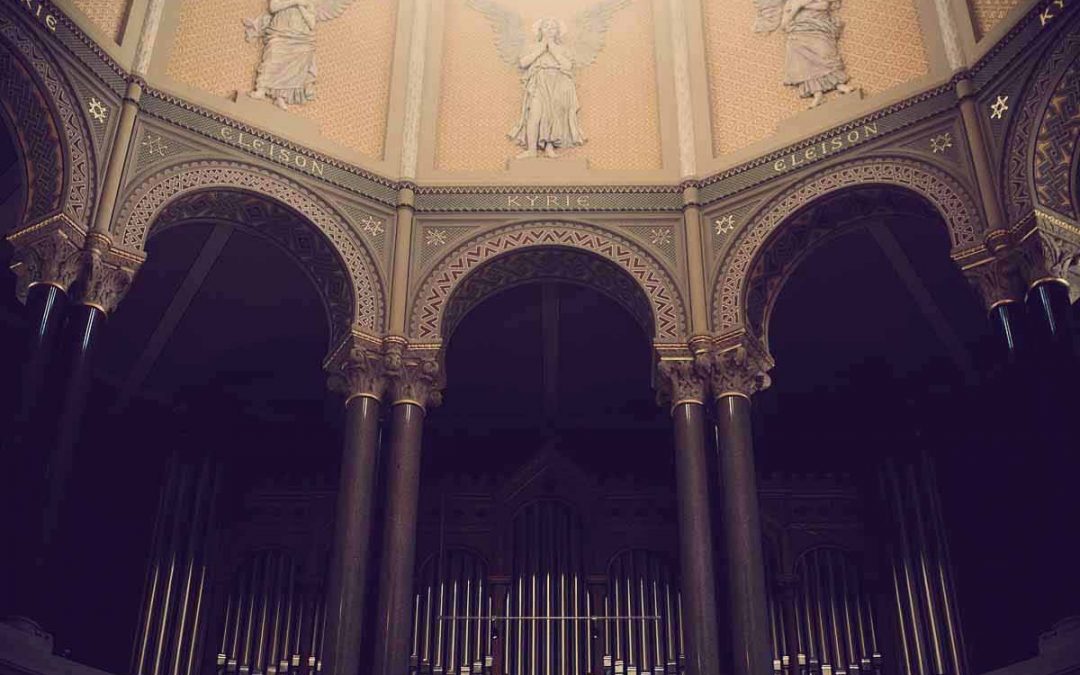1. Preparation
First, check the opening times of the building/structure you wish to shoot and if any permits are necessary.
Before heading off to your destination, make sure you know the weather forecast in advance. Nothing is more frustrating than to start your trip in sunshine and arrive to your photo shoot hours later in a rain storm.
Plan your trip for early morning or late afternoon if possible as this is normally the best lighting condition.
2. Gear
A wide angle or ultra-wide angle lens helps to get dramatic compositions and is probably the most important lens type for architectural shots. Also, a slight telephoto lens is always good for isolating particular elements of a building/structure.
A tripod for long exposure or night shots is a must. UV and Polarizing filters are often helpful as well.
3. Time
Take your time to explore the building/structure. Stroll around to study the subject and the lighting conditions to find the best and most unusual point of view.
4. Composition
Keep the composition as clean as possible and try to avoid distracting elements. Less elements are often a guarantee for more impact. Include repetitive elements like lines, pattern, and forms. When composing images with many lines direct them into the corners.
Try to find an eyecatching point of view. A diagonal or tilted composition often adds an interesting dynamic to the picture. If you are going for a strong symmetrical composition with dominating horizontal and vertical lines make sure that all lines are well balanced while trying to eliminate all tilted lines.
5. Light
Light plays a huge role in architectural photography. It interacts with the building/structure, creates plasticity, and gives the building/structure depth. Shadows can provide contrast and can highlight the repeating elements of the building/structure.
Compare different lighting conditions. The morning sun will be different to the evening sun. Also rainy and cloudy days can provide a certain mood to an architectural photo.
6. Contrast
Clearly defined contrasts often boost an architectural photo. This can be a curved element in a generally angular shot, a contrasting color, or anything that breaks up the symmetry. Sometimes the sky can supply a good counterpoint.
7. The Human Touch
A person or a group of people may often point out the dimension or perspective of a building/structure or can illustrate the relationship between the building and the people living or working there. People can often strengthen the impact of an architectural photo, but it‘s not a must. However, sometimes the clean shot is more meaningful. Simply try both options during a shooting.
8. Color or Black & White
It‘s up to the taste of the photographer, but color is often an important architectural element of a building/structure and can add a lot to the photo. On the other hand, strong graphical shots can work very well in black and white where the contrast often comes out much stronger.
9. Post Processing
Besides the “normal” post processing, such as increasing contrast, color correction, and sharpness, remember to consider lens distortion which can be eliminated with software such as DxO or PTLens.
10. The Unique Shot
There are always those building/structures that are the typical postcard landmark structures which many people have already photographed. Go there while considering items 1 through 9 and take the unique shot, the breathtaking one, the one with the WOW factor!








